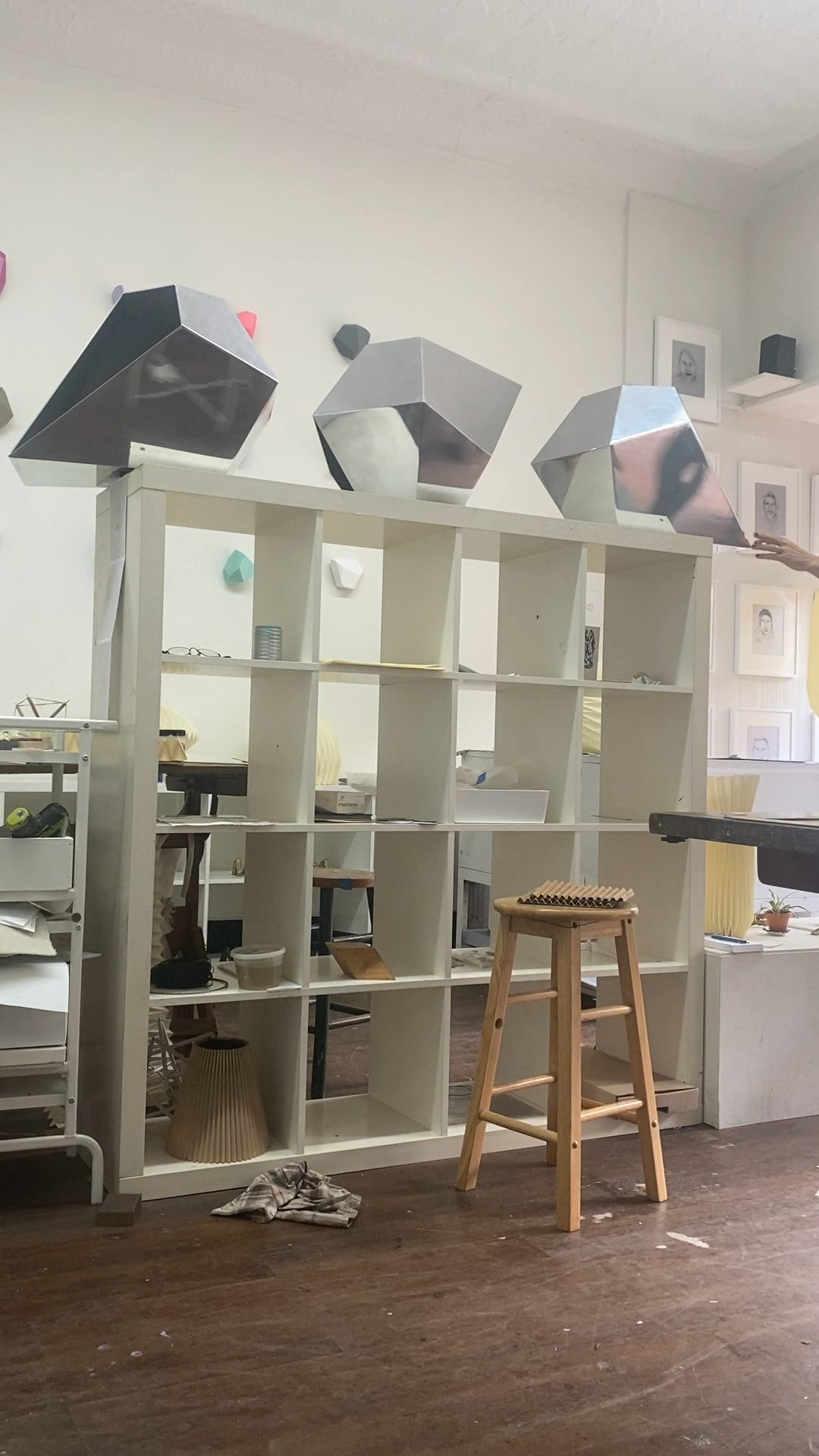
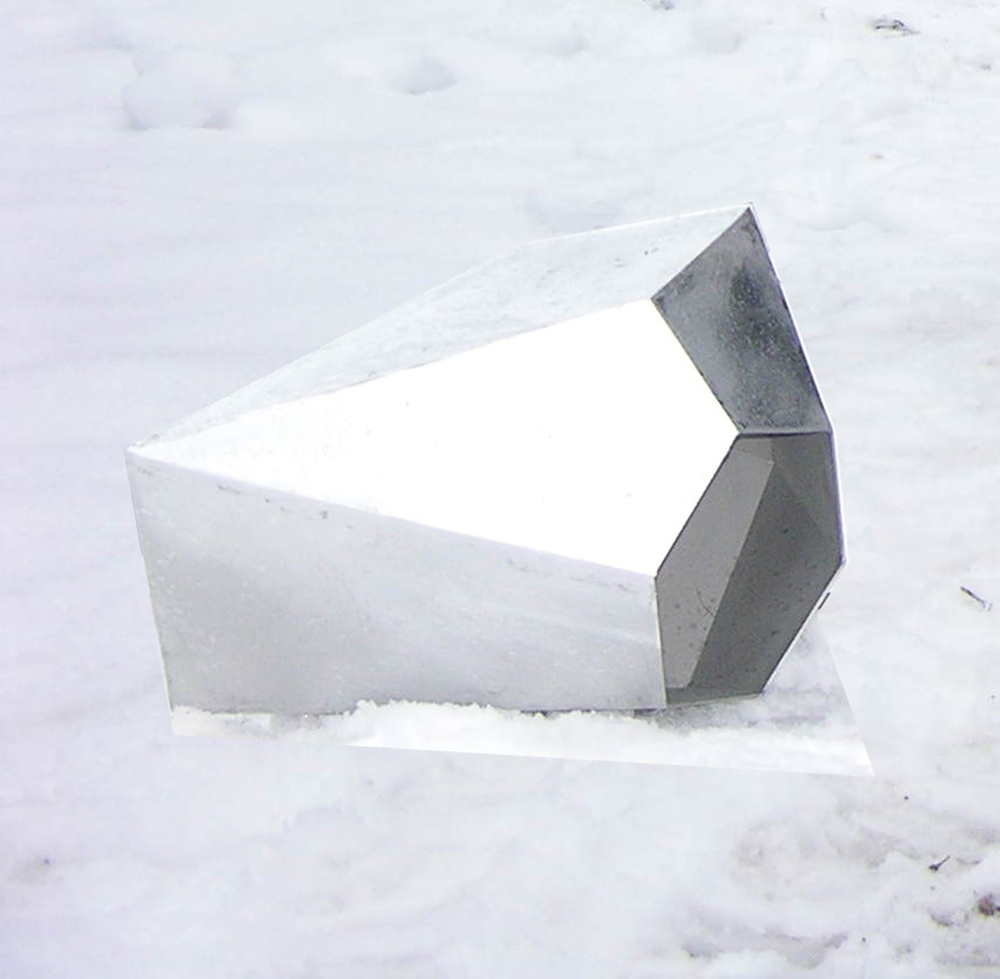
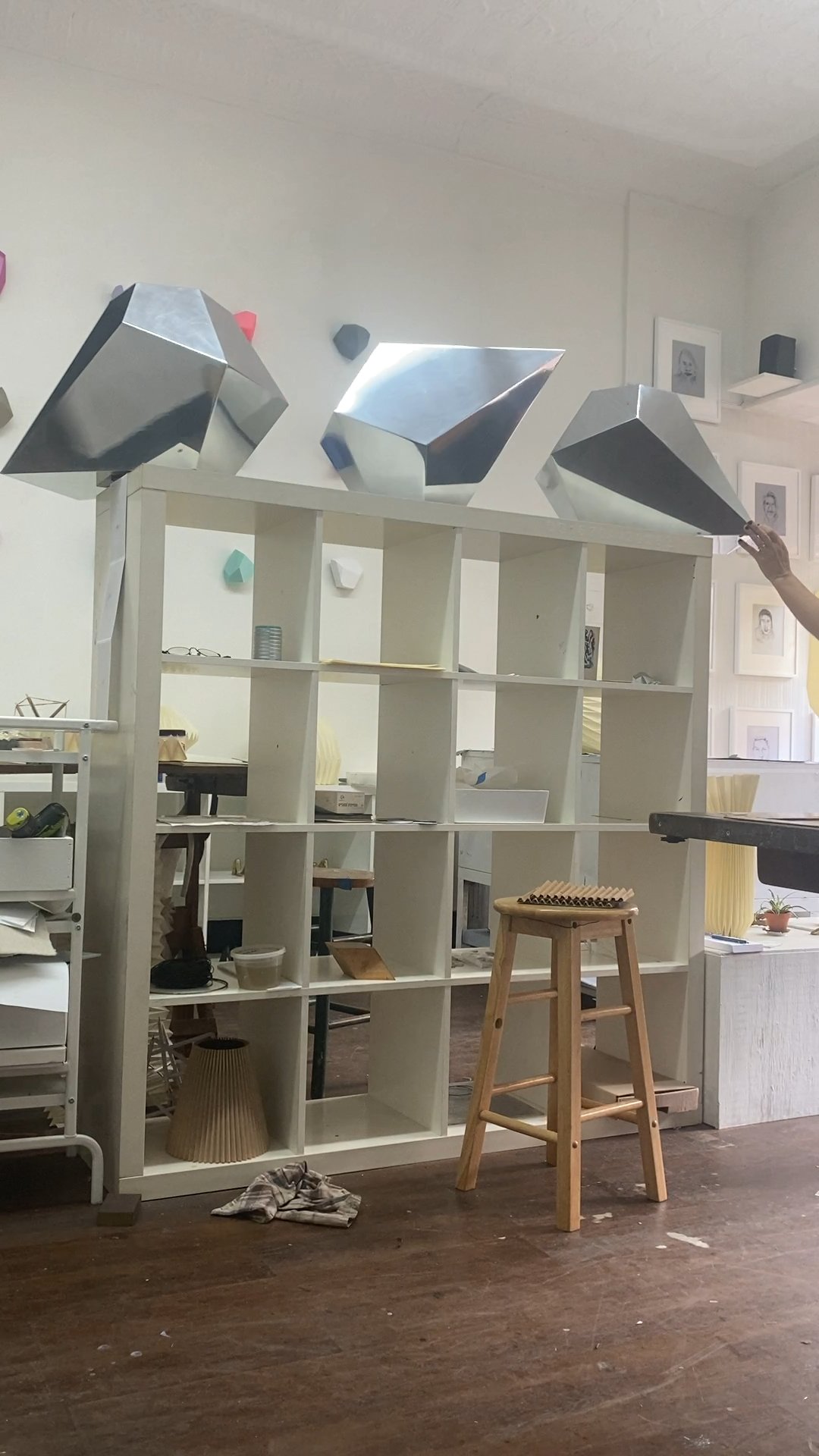
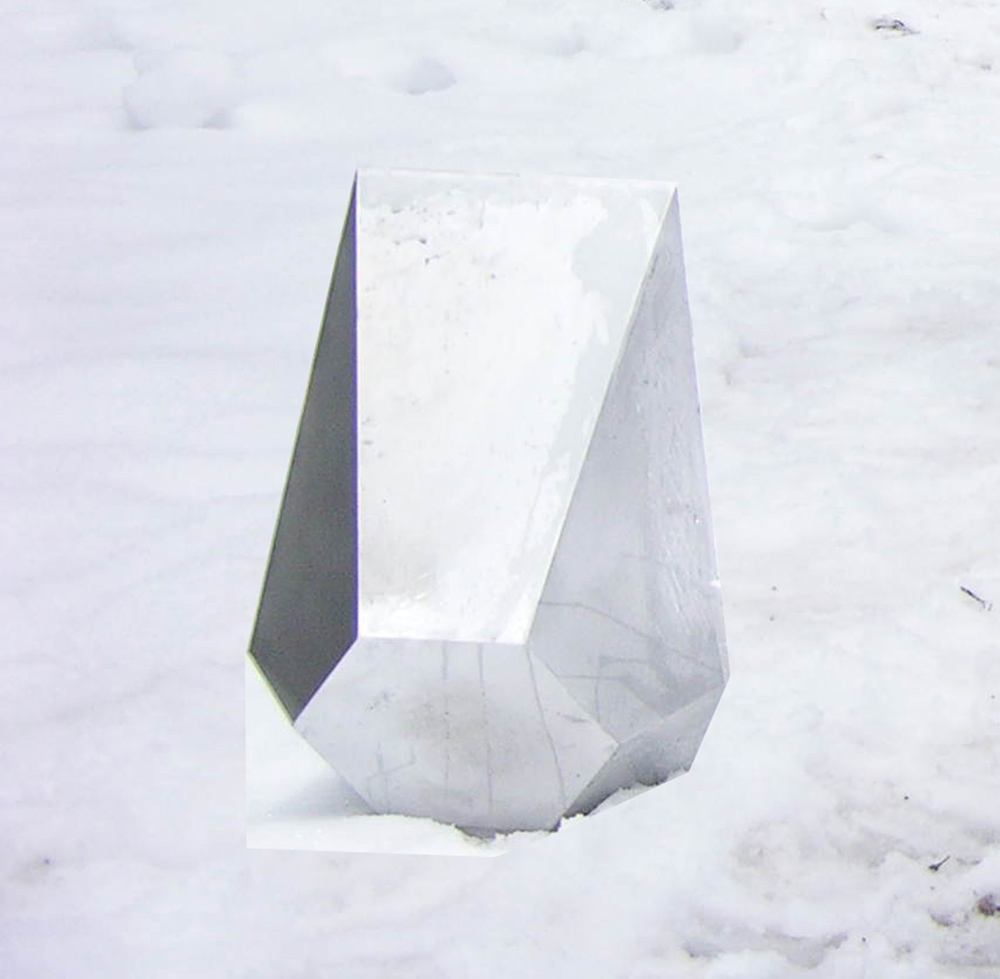

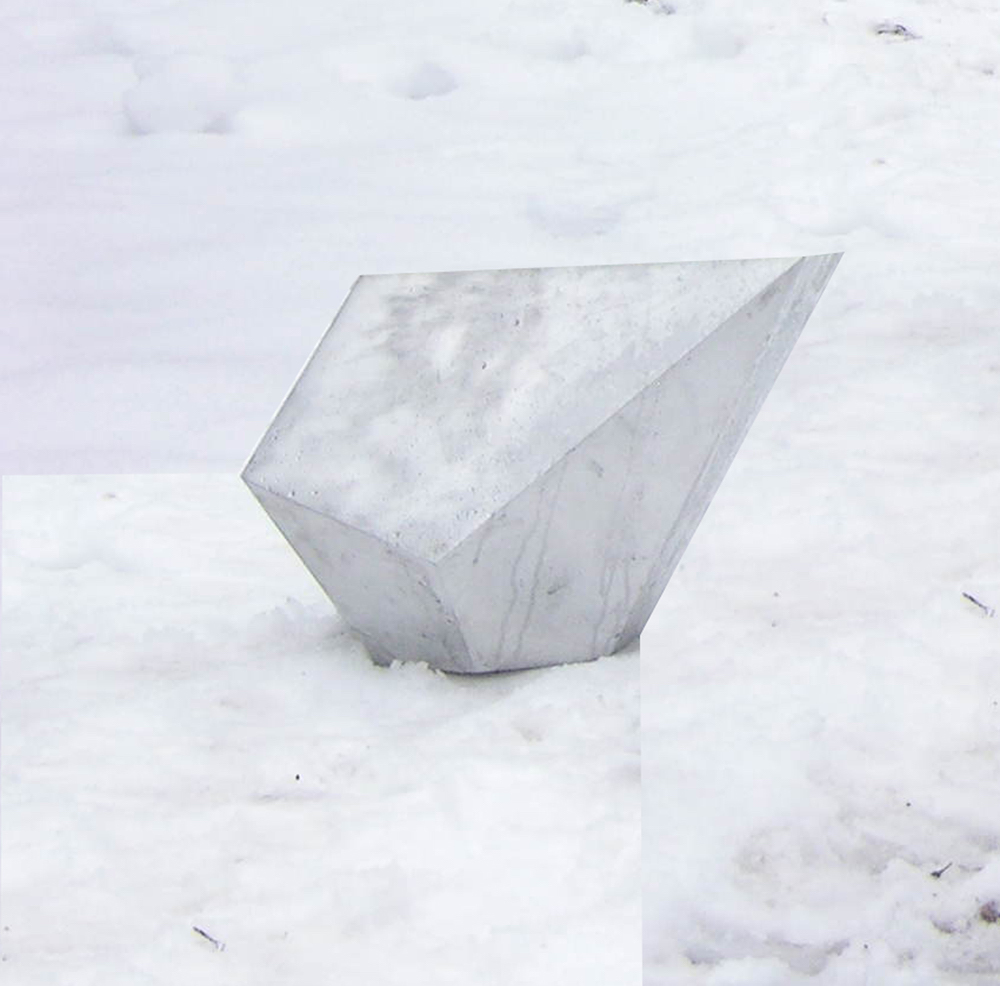
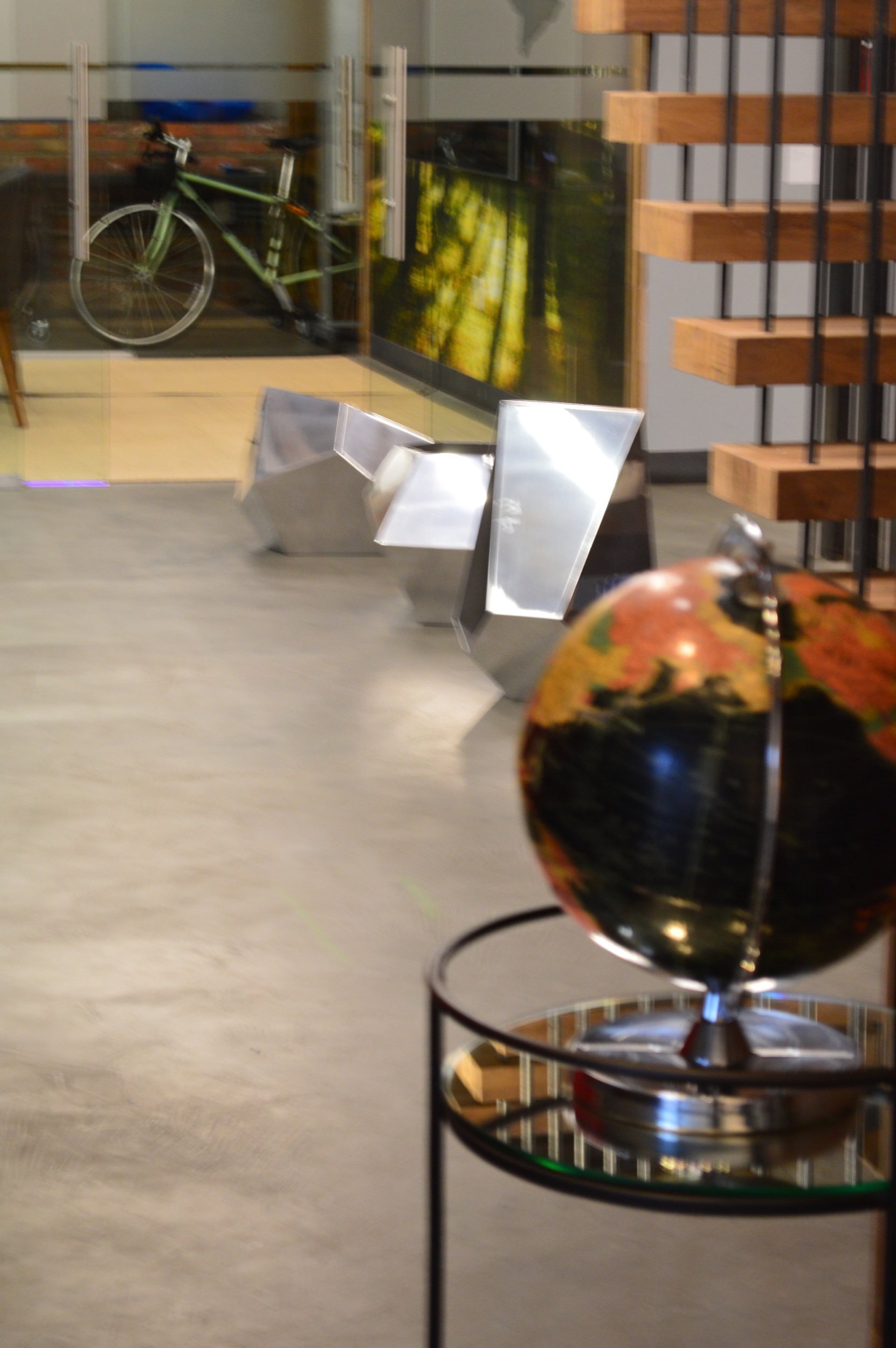

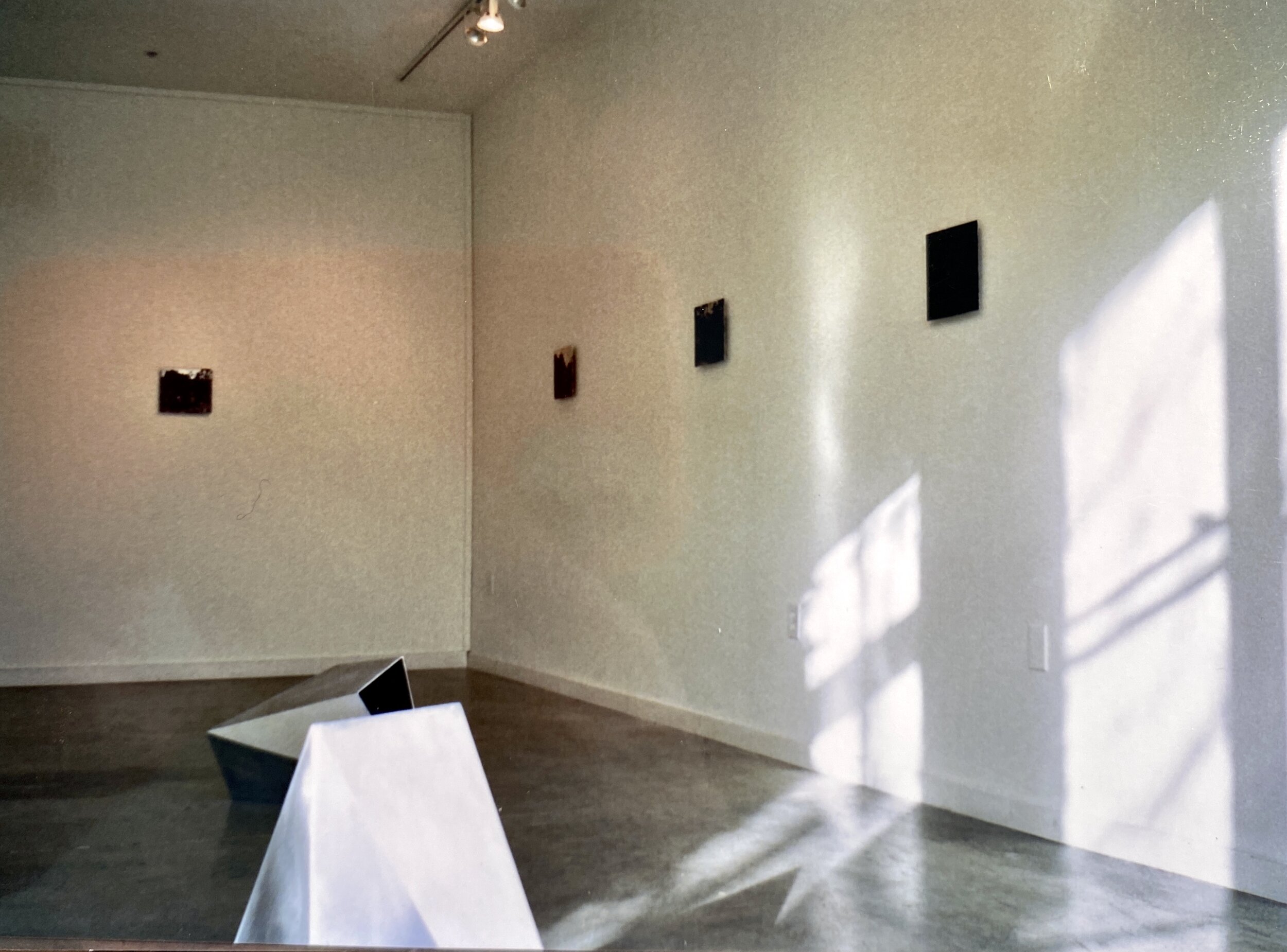
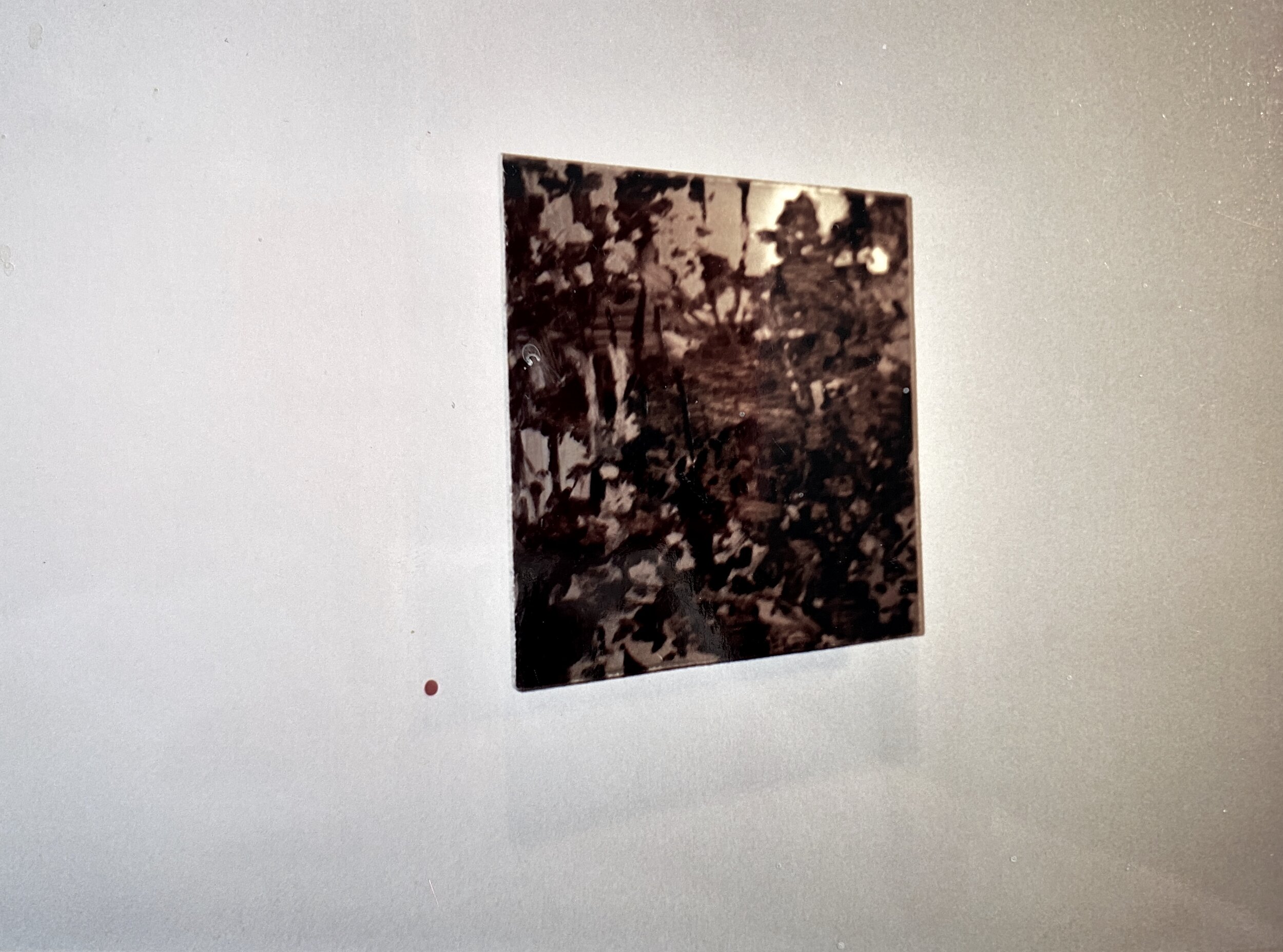
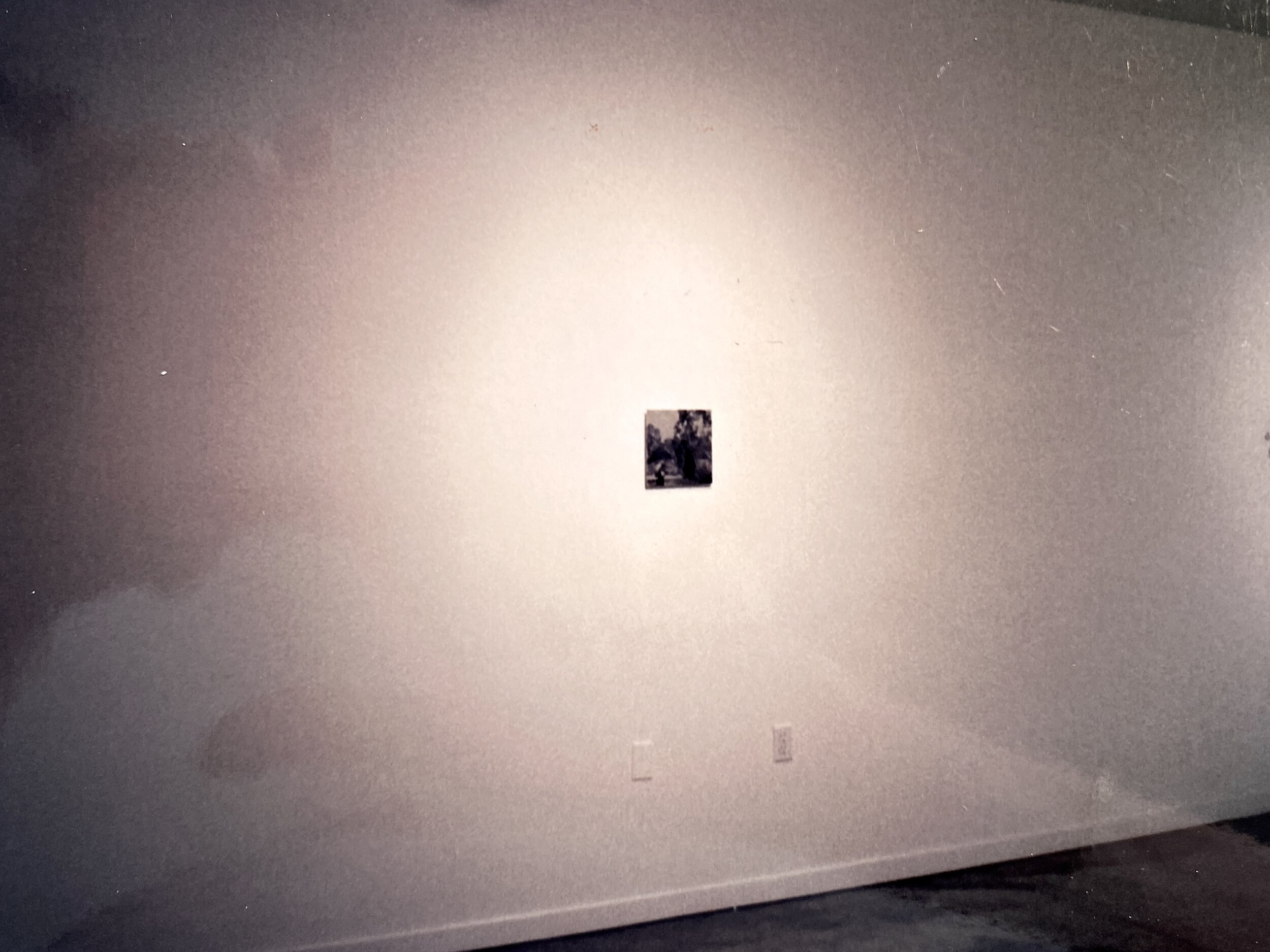

![NOCTURNAL LANDSCAPE #2, OIL ON ALUMINUM PANEL, 2010 (review: Matt Stromberg, Art Practical) Economical in her means, Pullen limits her palette to Payne's grey [blue-black more than grey] oil paint on aluminum panels. Her color choice serves to depi](https://images.squarespace-cdn.com/content/v1/5846d964b3db2be79ebe9737/1610383864168-JV1B6C5A4IBWW7QU7O07/Pullen%2C+The+Effect+Effect+%282011%29+oil+on+aluminum%2C+10+x+10+inches1.jpg)

![studio view, 2010, Fremont Center NY Pullen has used such shapes in another project, The Art in Particle, which chronicles the creation of a cloud chamber. This work's stated purpose is to "see cosmic rays from outer space." [2] On the project's we](https://images.squarespace-cdn.com/content/v1/5846d964b3db2be79ebe9737/1556730626556-L52ZKBHNFG7XDJK0F6II/LP1020.jpg)
![Melencholia, Albrecht Dürer, 1514, engraving, 9 7/16 × 7 5/16 in. (24 × 18.5 cm) What does Pullen call the polyhedrons used in this cloud chamber? [Wait for it ... ] Pullenhedronsl The more I read her dry descriptions of cosmic rays and unbelievabl](https://images.squarespace-cdn.com/content/v1/5846d964b3db2be79ebe9737/1610383948192-VXWR9PQTH58EL4ZUQ8KI/Picture+8.png)

The Effect Effect (2010), a series of three nearly identical sculptures are described in Art Practical by Matt Stromberg. He writes, ‘The sculptures are another story. On the surface, they use the language of minimalism and, albeit a good deal smaller, resemble the hermetic works of Tony Smith. Archetypes of minimalist sculpture, Smith's works were generally large, black, steel forms that loomed ominously above the viewer. They were confrontational in their scale, and. in later works, their complex geometry.

The shapes actually belong to a family of forms known as space-filling polyhedra, unusual gemlike structures that share characteristics with crystals and beams of light. Polyhedra can be interlocked and stacked perfectly to produce a tiled structure, alluding to the beauty underlying a universal order. After some online perusing, I deduced that Pullen·s shapes were a specific type of polyhedra: elongated bi-symmetric sphenoid hendecahedra, which basically means they have eleven sides. [1]

Similarly, Pullens’ use of strange geometry disorients the viewer. Made from aluminum, her sculptures are composed of numerous polygonal faces, each missing one plane, which leaves the inside of the structures open to view. These are not familiar shapes. I walked around them, pondering whether or not they were identical, trying to match the faces of one with another; nearly twenty minutes later, I was still unsure. This apparent unknowability conceptually links the sculptures to Pullen·s mysterious paintings.

Installation view, 2010, Romer Young Gallery, San Francisco (review: Matt Stromberg, “The Effect Effect” Art Practical,
Art and science have had myriad associations throughout the years, from Da Vinci's technical drawings to Robert Rauschenberg·s "Experiments in Art & Technology" to, more recently, David Hockney's optical studies. Even if artists and scientists don't directly acknowledge their connection, they have one. Both begin with theories, and through experimentation, arrive at conclusions. Canadian artist Lucy Pullen·s spare show at Ping Pong Gallery locates itself squarely within this lineage. Whereas some artists have looked to chemistry or geometry, botany or anatomy, Pullen draws inspiration from quantum theory. Luckily, her work does not require one to be a physicist in order to be rewarding or thoughtprovoking.

Installation view, courtesy of Romer Young Gallery, San Francisco (review, Matt Stromberg, Art Practical)
In her work, Pullen seeks to address the absolute uncertainty of all things, one of quantum theory's central tenets. In her artist's statement, she notes that she is trying to "portray a world at its visible limit." She is interested in darkness, not only as the absence of light, but as the obscurity that defines our contemporary condition. To this end, she has presented two small bodies of aluminum work: six paintings and three sculptures.

Installation view, courtesy of Romer Young Gallery, San Francisco, oil on aluminum panel, 8.75 x 10 inches, (collection: Griff Williams, Gallery 16)

NOCTURNAL LANDSCAPE #1, OIL ON ALUMINUM PANEL, 2010
Pullen’s intimate, nocturnal landscapes are painted from direct observation of rural locations at dusk. In them, she seeks not only to capture the scenes before her, but the sensation of perceiving these scenes: the obscurity of darkness, the play of moonlight, and silhouetted forms.
![NOCTURNAL LANDSCAPE #2, OIL ON ALUMINUM PANEL, 2010 (review: Matt Stromberg, Art Practical) Economical in her means, Pullen limits her palette to Payne's grey [blue-black more than grey] oil paint on aluminum panels. Her color choice serves to depi](https://images.squarespace-cdn.com/content/v1/5846d964b3db2be79ebe9737/1610383864168-JV1B6C5A4IBWW7QU7O07/Pullen%2C+The+Effect+Effect+%282011%29+oil+on+aluminum%2C+10+x+10+inches1.jpg)
NOCTURNAL LANDSCAPE #2, OIL ON ALUMINUM PANEL, 2010 (review: Matt Stromberg, Art Practical)
Economical in her means, Pullen limits her palette to Payne's grey [blue-black more than grey] oil paint on aluminum panels. Her color choice serves to depict both the unintelligibility of nighttime vision, as well as the greater ambiguity inherent in representation, i.e., a "grey area," in which things are not what they seem.

NOCTURNAL LANDSCAPE #3, OIL ON ALUMINUM PANEL, 2010 (review: Matt Stromberg, Art Practical)
Her paint handling is delicate but painterly, situating the paintings somewhere between depiction and abstraction. The reflective quality of the aluminum heightens this tension, mimicking the shifting play of light in the night sky while drawing attention to the works' objecthood.
![studio view, 2010, Fremont Center NY Pullen has used such shapes in another project, The Art in Particle, which chronicles the creation of a cloud chamber. This work's stated purpose is to "see cosmic rays from outer space." [2] On the project's we](https://images.squarespace-cdn.com/content/v1/5846d964b3db2be79ebe9737/1556730626556-L52ZKBHNFG7XDJK0F6II/LP1020.jpg)
studio view, 2010, Fremont Center NY
Pullen has used such shapes in another project, The Art in Particle, which chronicles the creation of a cloud chamber. This work's stated purpose is to "see cosmic rays from outer space." [2] On the project's website, she documents the theories, equations, vector drawings and construction of the chamber, all representing "facets of an irresistible project; the portrayal of a world at its visible limit."
![Melencholia, Albrecht Dürer, 1514, engraving, 9 7/16 × 7 5/16 in. (24 × 18.5 cm) What does Pullen call the polyhedrons used in this cloud chamber? [Wait for it ... ] Pullenhedronsl The more I read her dry descriptions of cosmic rays and unbelievabl](https://images.squarespace-cdn.com/content/v1/5846d964b3db2be79ebe9737/1610383948192-VXWR9PQTH58EL4ZUQ8KI/Picture+8.png)
Melencholia, Albrecht Dürer, 1514, engraving, 9 7/16 × 7 5/16 in. (24 × 18.5 cm)
What does Pullen call the polyhedrons used in this cloud chamber? [Wait for it ... ] Pullenhedronsl The more I read her dry descriptions of cosmic rays and unbelievably abstruse equations, the more I can't help but think she has her tongue at least partly in cheek. This impression is reinforced after reading about her earlier works, which also demonstrate a whimsical sense of humor often hidden behind an impersonal scientific facade. In this way, the works' cold exteriors are balanced by welcome playfulness.